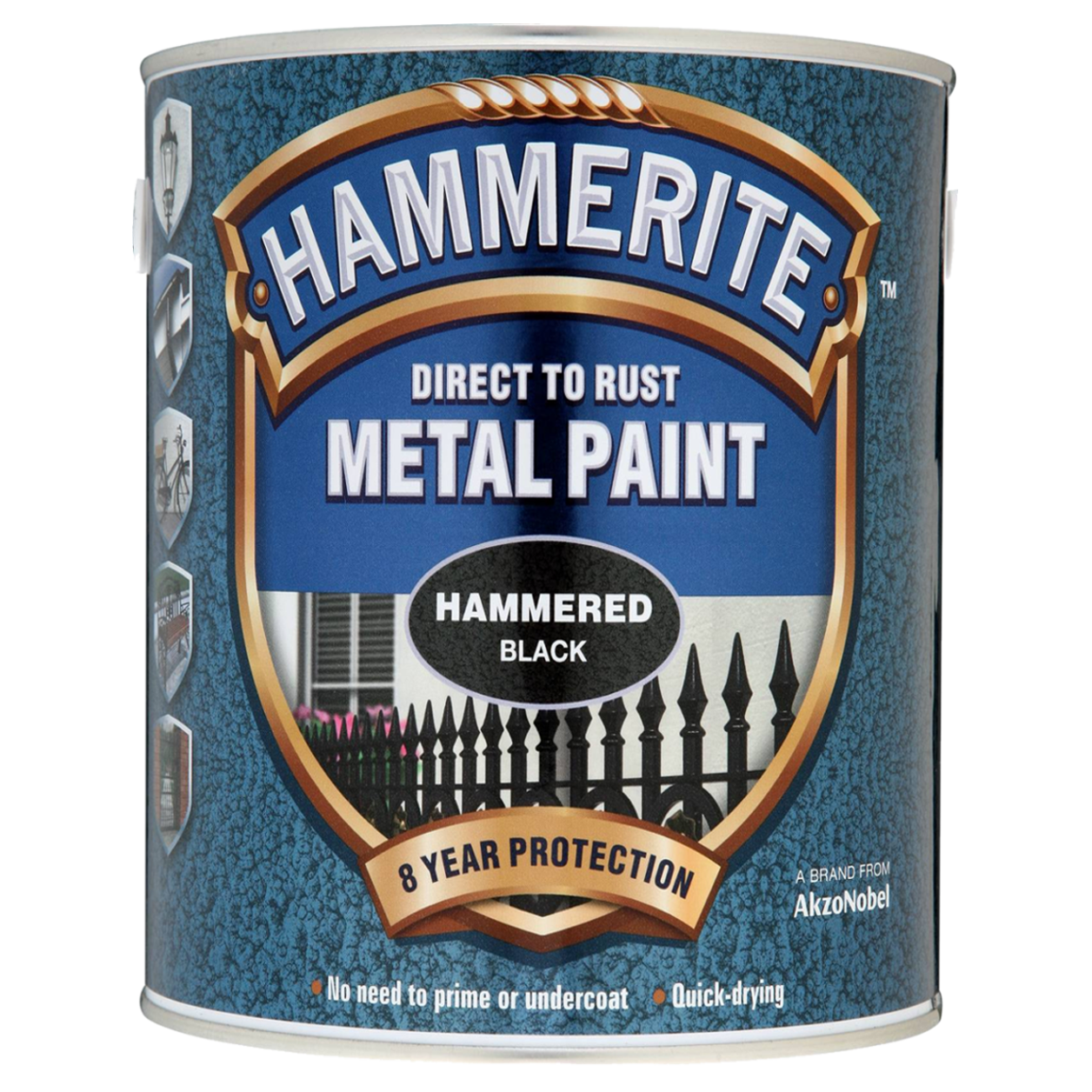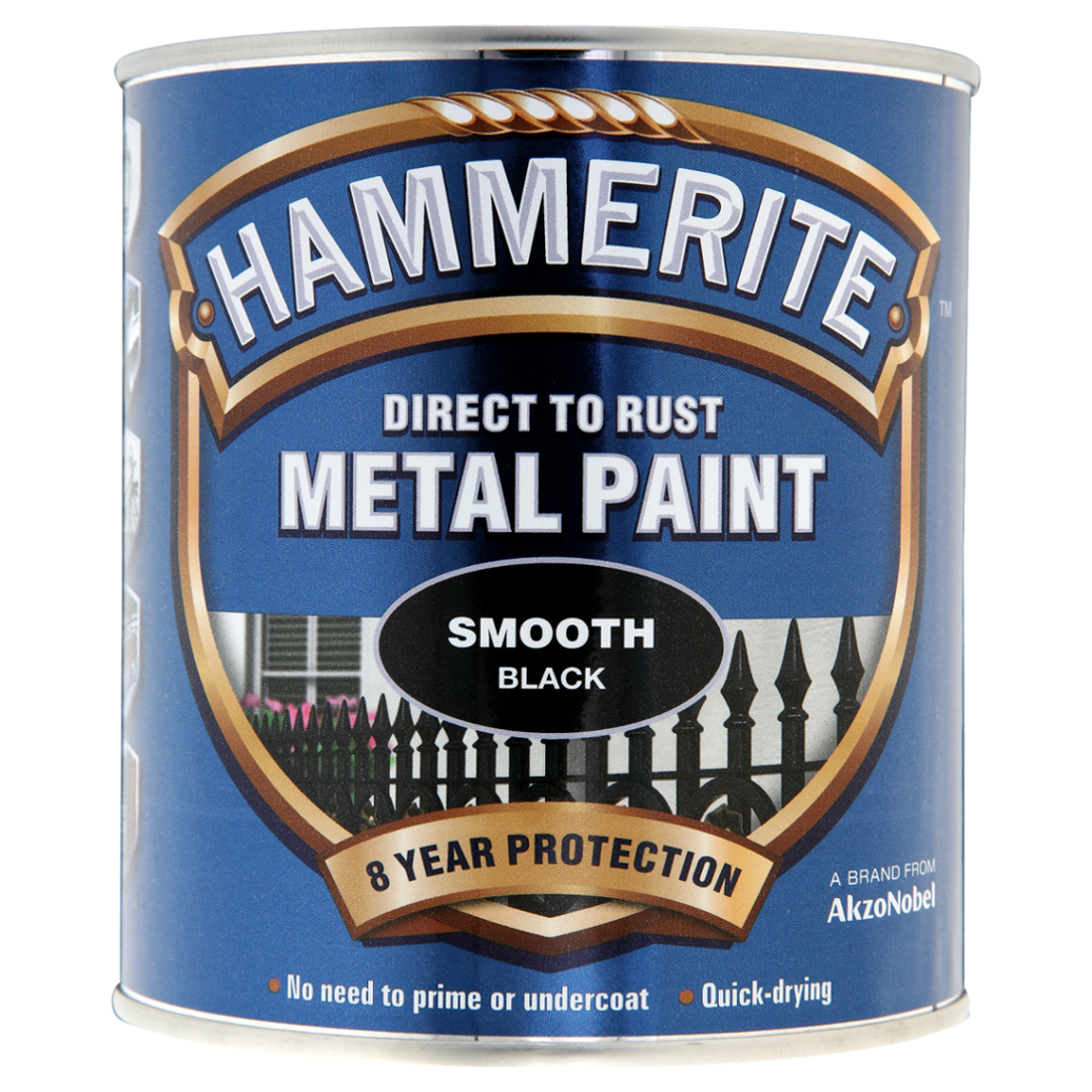How to Remove Water-Based Paint from Metal
Before re-painting interior or exterior metal surfaces, you’ll need to remove the old paint. Whether you’re giving tired metal furniture a makeover, painting garden fencing or touching up your radiators, we have plenty of tips for removing metal water-based paint. Our guide covers everything you need to know about how to remove paint from metal, from the best products to tried-and-tested methods.







